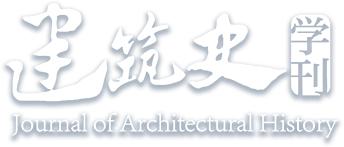Abstract:
In the second year of the Jiaqing era, the Qianqing Palace and Jiaotai Hall suffered devastating damage in a fire. In the next year, an imperial decree ordered their reconstruction utilizing the timber and materials sourced from the Zhenru Hall of the Longfu Temple in Beijing, a structure that traced its origins back to the Jingtai period of Ming dynasty. For the restoration of the Zhenru Hall itself, materials were procured from the Futian Temple located in Suning County, Zhili (present-day Hebei Province). The restoration design for the Zhenru Hall offers meticulous data that, when juxtaposed with its historical image, facilitates the accurate restoration of its floor plan and wooden structures. Additionally, it enables the recreation of its original Ming design. The transfer of timbers among these three buildings constitutes a coherent logical sequence, shedding light on the potential and fundamental prerequisites for leveraging existing structures to achieve new constructions.


 下载:
下载: